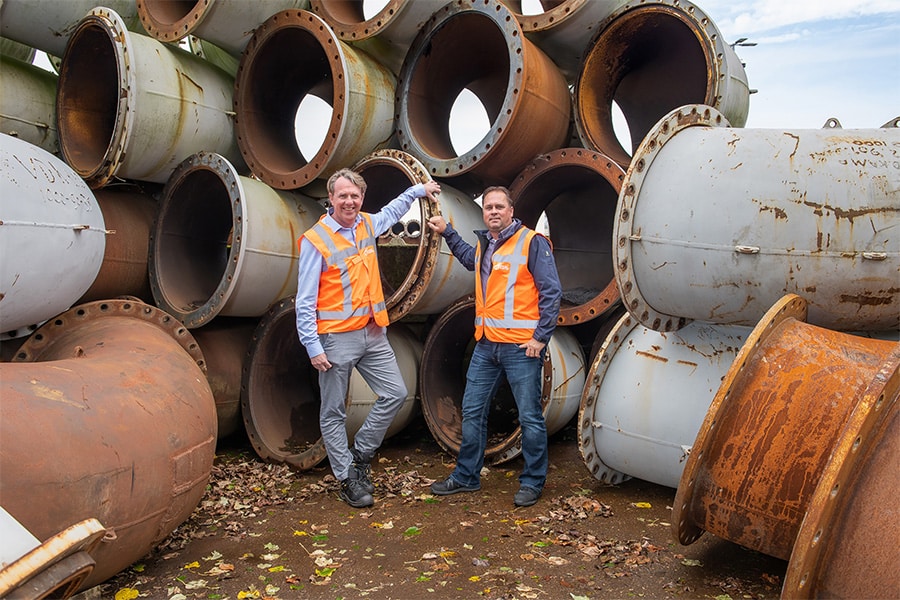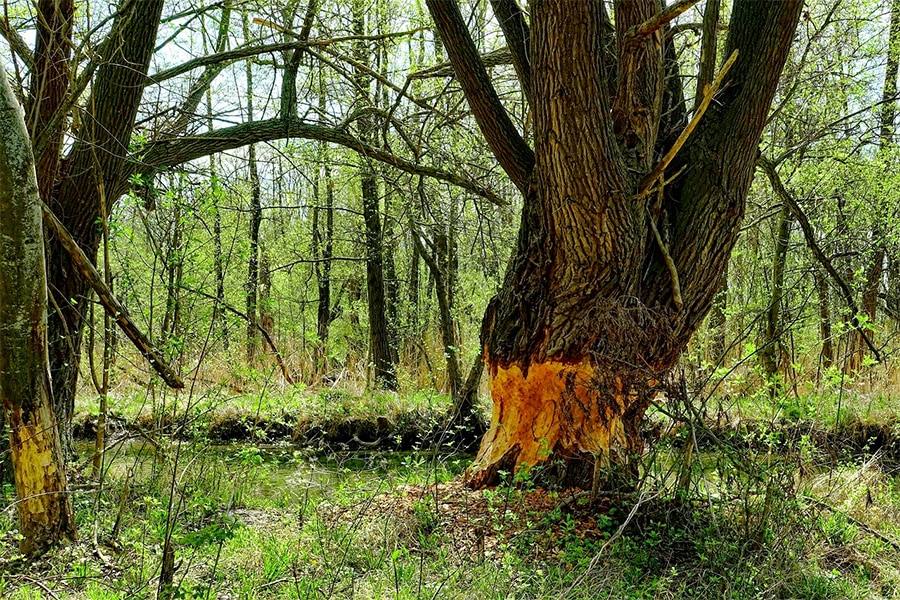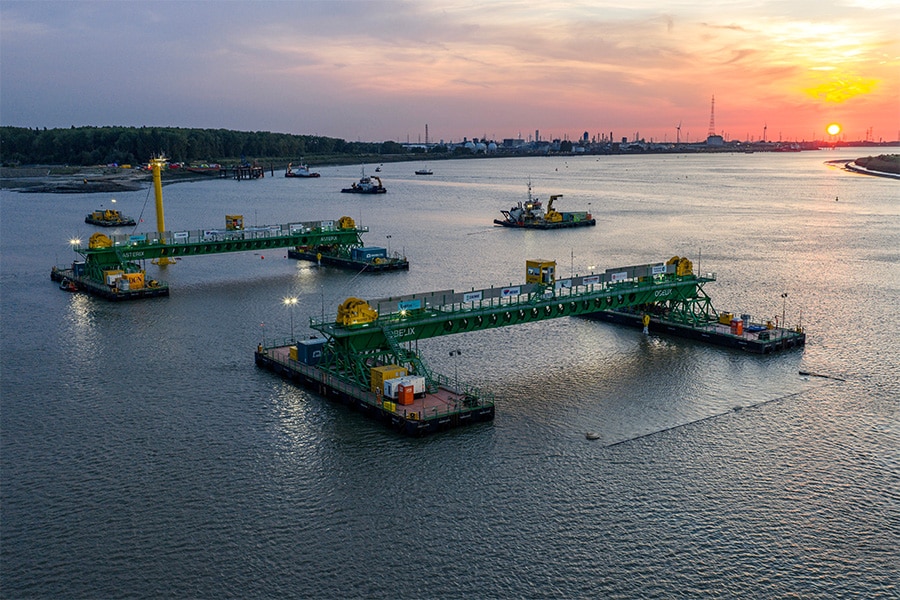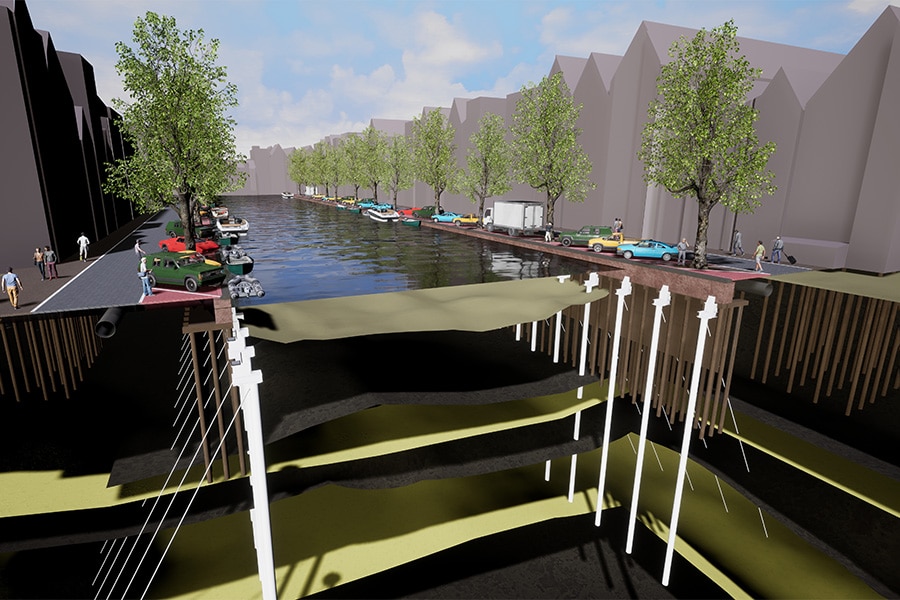
Extend life of inner-city quay walls
Quay-Fundovation is an innovative, affordable method to significantly extend the life of existing quay walls in inner-city areas. Engineering firm Iv-Infra devised the innovation. Amsterdam has a total of some 600 kilometers of quays under management. Much of it consists of quay structures that are one hundred (and) years old. Due to increased traffic intensity, heavier traffic and deeper canals, these quay constructions are subjected to greater loads than they were originally designed for. In addition, the strength of the quay structures has been reduced over their lifespan due to degradation of the wooden foundations, among other things. At various locations in Amsterdam, safety measures are needed or renovation work is being carried out. The effects of this are increasingly being felt by residents, businesses and visitors.
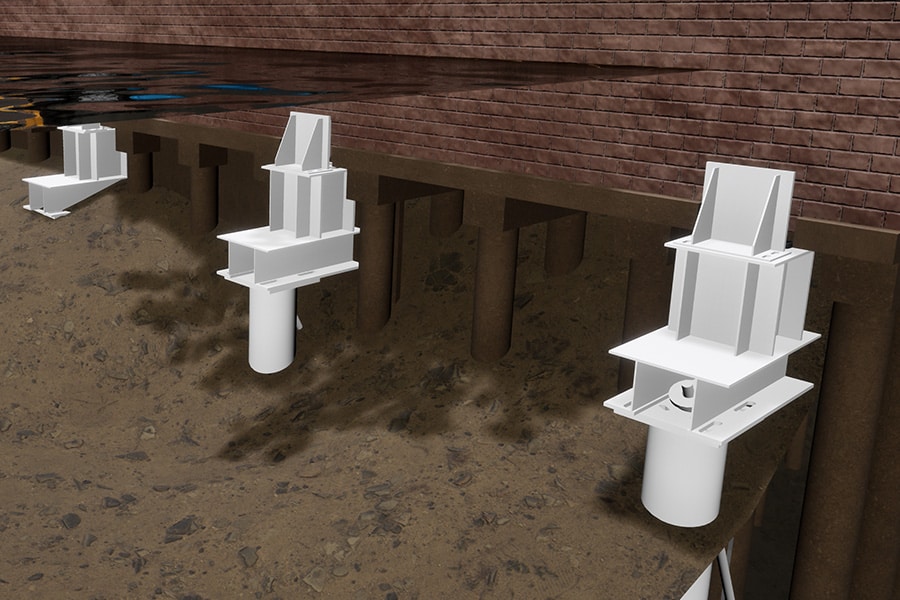
The Bridges and Quay Walls (PBK) program is responsible for the replacement of approximately 200 kilometers of quay walls. So far, the main focus has been on taking safety measures and preparing for the renewal task. The municipality is also looking for methods to extend the life of existing quay walls. Innovative methods and techniques that have not previously been successfully applied in Amsterdam.
Within the PBK, a Living Lab Life Extension has been established. In this research program, market parties were asked to develop an innovative measure to extend the life span of an existing quay. Iv-Infra, with the Quay-Fundovation they developed, is one of the six parties selected to further develop the innovation in a feasibility study.
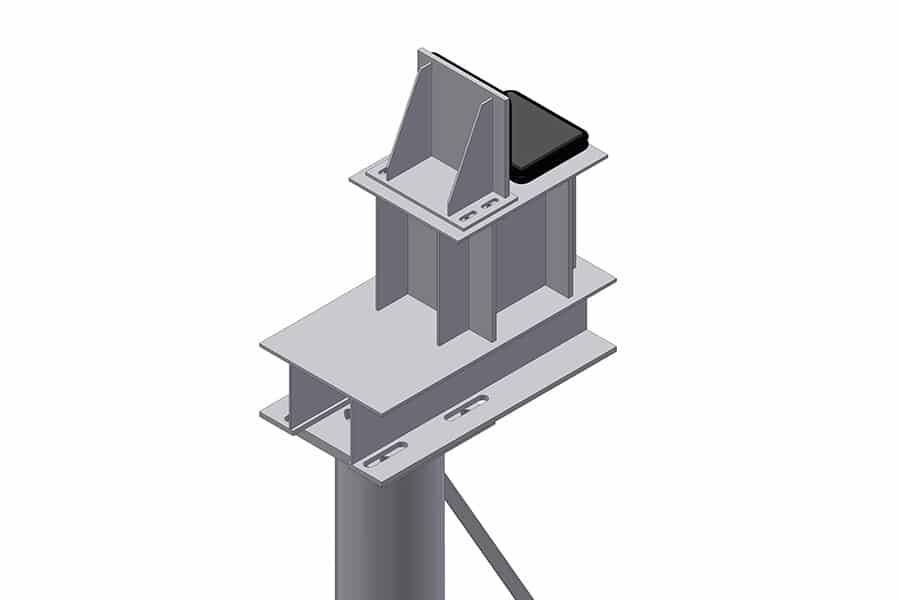
How does the Quay Fund renovation work?
The main purpose of the Quay-Fundovation is to strengthen the current foundation of the quay wall. The Quay-Fundovation is a structure installed in the water bottom at the front (water side) of the existing quay wall. The Quay-Fundovation consists of a tubular steel post, anchorage and an attachment, which relieves or takes over the foundation of the existing quay wall. This extends the life of the existing quay wall by at least 30 years. The structure supports the existing quay wall vertically and horizontally. The vertical support is realized by means of the tubular steel pile. For sufficient horizontal rigidity, a grout anchor will be installed. The forces from the existing quay wall are transferred to the tube pile by means of a special attachment with jacks.
The force transfer between the existing quay structure and the Quay Foundation is provided by the attachment piece. This attachment is placed horizontally and vertically against the existing quay structure.
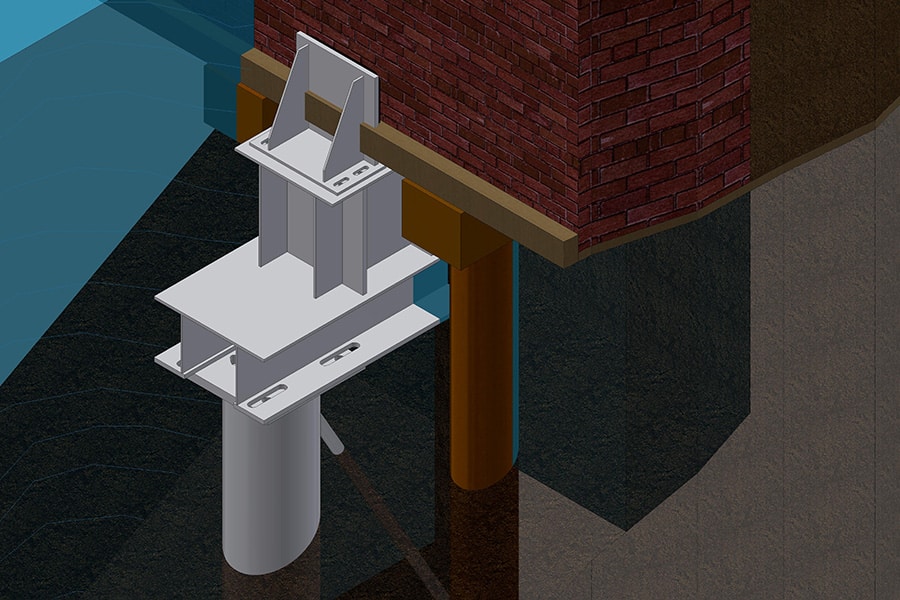
Power of the Quay-Fundraising
The Kade-Fundovation is designed for deployment in inner-city areas. During development, together with partner Mobilis, much attention was paid to efficient execution. By working with a low-vibration installation method from the water, possibly with segments, and working without a cofferdam, nuisance to the surroundings is minimized. As a result, when installing the Quay-Fundovation, the inconvenience compared to traditional reinforcement solutions (support by sheet piling and sand backfilling) is significantly smaller. In addition, the Quay-Fundovation is not visible in the use phase, so the appearance of the inner city does not change. After installation of the Quay-Fundovation, houseboats can return to their place and shipping will not be hindered because the Quay-Fundovation is installed at a depth.
The Quay-Fundovation consists of a number of components that have already proven themselves in practice and are therefore operationally reliable. The total package of these measures is innovative and extends the current solutions for reinforcing and stabilizing quay walls.
The system is modular, adaptive and expandable, thus optimally suited for an application as an emergency measure. The modularity and adaptability ensure that a tailor-made solution can be created for every quay wall, even if it has a different construction. Standard components and details are used so that it is not necessary to develop a different principle each time. The expandability ensures that the quay renovation remains usable in case of more heavily loaded quay walls or further degradation of the existing quay. In such situations, additional tubular piles can be installed, for example.
Applicability
Quay Funding Renovation is specifically tailored to some common problems with quay walls. These include:
- Infested and degrading pile heads: this applies mainly to the first row on the water side. This row degrades faster than the piles on the land side because they are affected by leaching of soil and the presence of oxygen-rich water.
- The increase in load compared to the design situation at the time.
- The increase in maintenance depth compared to the design situation resulting in insufficient support for the quay and less protection for the front row of piles.
Because of the above common problems, the solution focuses on the front pile row(s) of the quay wall.

Living Lab
Iv-Infra's feasibility report was assessed in terms of feasibility, impact and affordability. This showed that the solution is technically promising. This is also due to the affordability of the solution. Amsterdam City Council therefore invited Iv-Infra to elaborate and test the Kade-Fundovatie in a pilot phase. Over the next few months Iv-Infra, Mobilis and the City of Amsterdam will work together to develop and test the Kade-Fundovatie in order to arrive at a valuable addition to the existing reinforcement measures for inner city quay walls.
